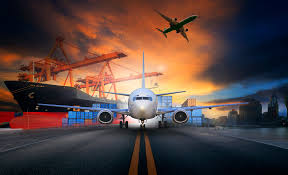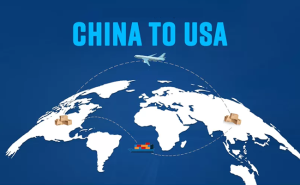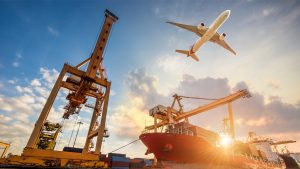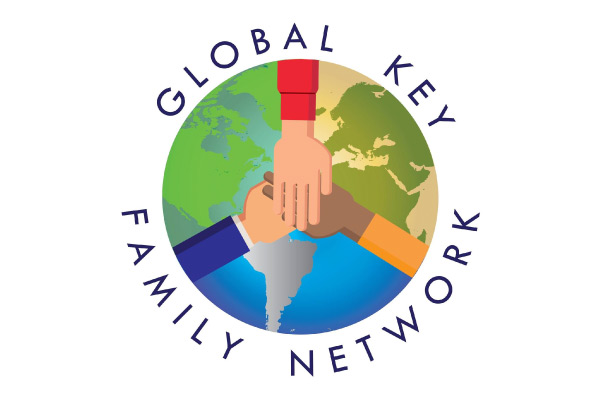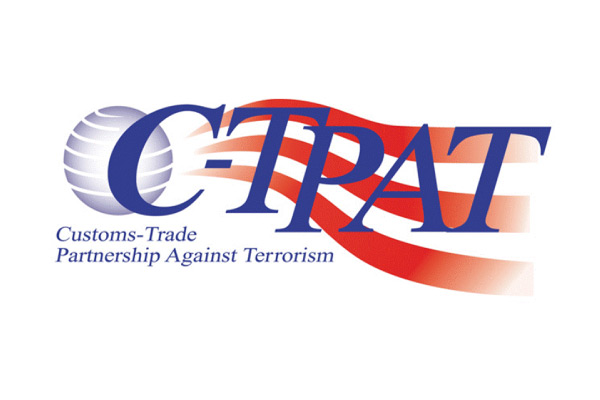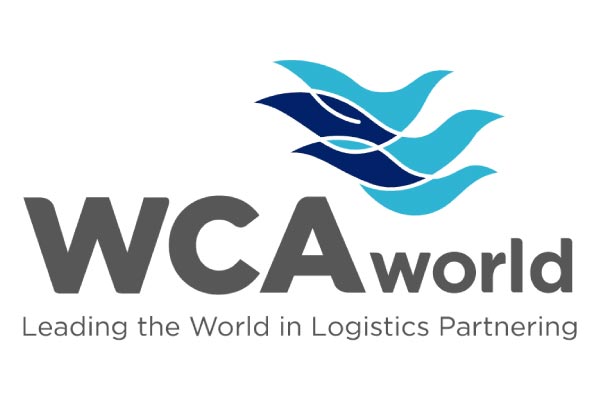The market research company Research And Markets estimates that it will reach $255.63 billion in 2028.
The value of the global air cargo market stood at $181.54 billion in 2022, demonstrating constant growth.
A report from market research firm ResearchAndMarkets.com noted that increased international distribution of electronics is also driving growth in air transportation.
Also the growing need to transport temperature-sensitive products in the pharmaceutical sector. According to the report, it is expected to reach 255,630 million dollars in 2028.
The global market is mainly driven by the growing need to transport high-value and time-sensitive products by manufacturers just in time.
This is detailed in the study Global air cargo market: analysis by type (airmail and air cargo), by services (express and regular), by end user, by destination (domestic and international), or region size and trends and forecast until 2028.
In addition, the end-user industry is rapidly expanding and there is greater use of air transportation to deliver non-perishable products, such as clothing, jewelry, and perishable items, including fruits, vegetables, meats, etc.
The report also predicts rapid expansion for the rapidly expanding aviation industry amid the increasing prevalence of consolidated air cargo service. The increase in the import and export of goods between numerous countries around the world has an equal positive influence.
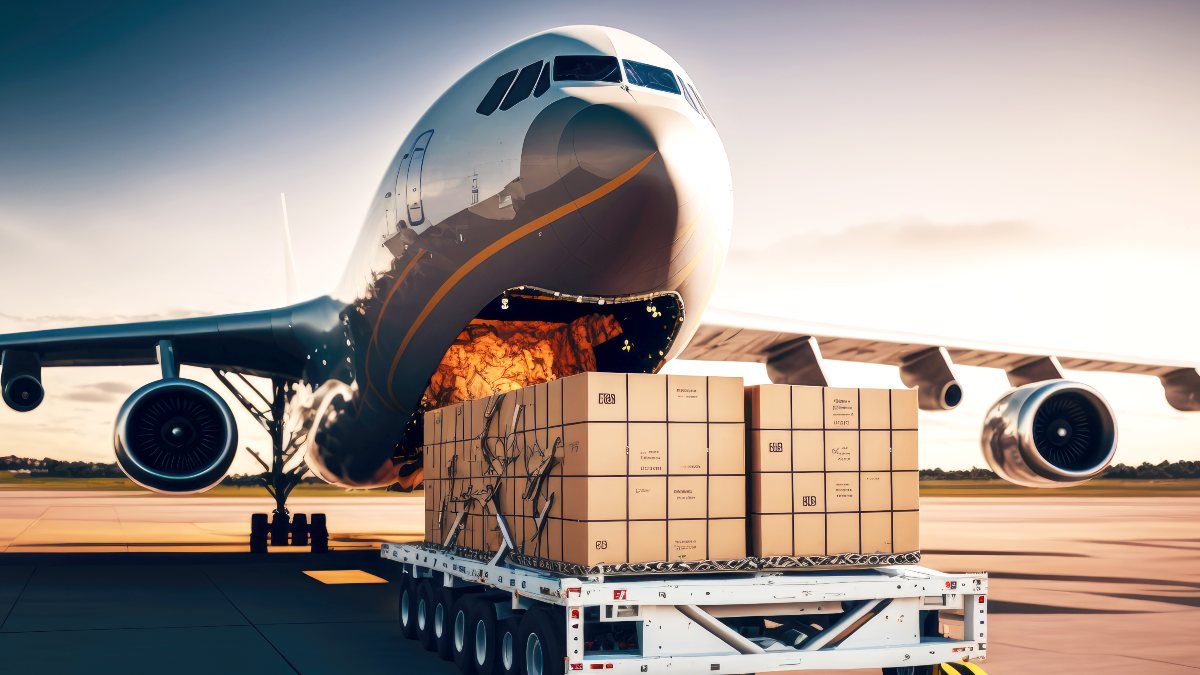
According to Research And Markets, the challenges:
The growth of the global air cargo market would be negatively affected by several challenges such as market uncertainty and the presence of cheaper alternatives.
This market is characterized by a high degree of fluctuations and uncertainty.
It is an industry highly susceptible to economic fluctuations, changes in consumer demand and global events (e.g. pandemics, political conflicts).
The market is projected to grow at a rapid pace over the forecast period, owing to the increasing adoption of blockchain technology and increasing focus on supply chain optimization.
The increasing use of robotics, Internet of Things, artificial intelligence (AI), automated systems, deep learning, big data and virtual and augmented reality technologies will end up underpinning its increase.

